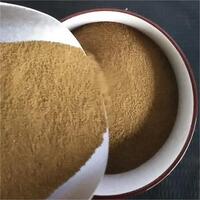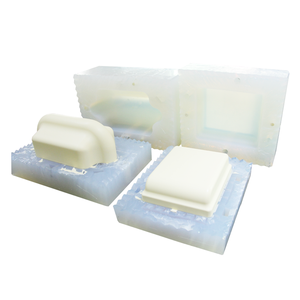Can 3D Printed Objects Survive a Splash? The Truth About Waterproofing
(Are 3d Printed Material Waterproof)
You’ve seen the cool 3D-printed gadgets online. Maybe you’ve even made a few yourself. But here’s the big question: can these plastic creations handle water? Let’s dive into the messy, drippy world of 3D printing and find out if your masterpiece will melt like a popsicle in the sun or stand strong in a rainstorm.
First, know this: not all 3D-printed materials are the same. The stuff you print with matters. Common filaments like PLA and ABS are plastics, but they behave differently. PLA is like that friend who loves baking but hates the gym—it’s biodegradable, melts at low temps, and isn’t a fan of heat or moisture. ABS is tougher, like a phone case that survives drops. It handles heat better and resists water a bit more. Then there’s resin, used in fancy SLA printers. Resin prints can be water-resistant, but they’re brittle—like a chocolate bar left in the fridge too long.
But wait. Just because a material resists water doesn’t mean your print is waterproof. Think about how 3D printers work. They build objects layer by layer. Those layers? They’re like stacked pancakes. Even if the syrup stays on top, gaps between layers can let leaks sneak through. If your print has tiny holes or thin walls, water will find a way. It’s like trying to carry soup in a colander.
So can you fix this? Yes. Start with the design. Make walls thicker. Add more layers—called “perimeters”—to reduce gaps. Imagine wrapping a present. One layer of tape might not hold. Three layers? Better. Some slicer software lets you add “vase mode,” which prints a single, spiral layer. It’s smooth, but not great for holding water. Use it for flower pots, not fish tanks.
Post-processing is your best friend. Sanding fills tiny gaps. Use filler primer spray—the stuff for car repairs—to coat the surface. Then there’s epoxy resin. Brush it on, let it dry, and your print gets a plastic shell. Ever seen a boat coated in wax? That’s what epoxy does. For food-safe items, try food-grade sealant. Just don’t drink mystery liquid from a 3D-printed cup.
Filament choice matters too. PETG is popular. It’s like PLA’s tougher cousin—less likely to warp, more water-resistant. Nylon is another option. It’s flexible and shrugs off water, but it’s tricky to print. Think of it as the diva of filaments. Needs perfect settings.
Resin prints can be waterproof, but not always. Standard resins might warp in water. Look for “water-resistant” resins. Even then, seal them with clear coat. It’s like putting sunscreen on a beachgoer.
What about real-world tests? People print boat parts, outdoor fixtures, even waterproof phone cases. But they don’t wing it. They tweak settings, seal gaps, test prototypes. One maker printed a kayak paddle. It worked… until a seam split. Lesson: thickness and sealing matter.
(Are 3d Printed Material Waterproof)
In short, 3D prints aren’t born waterproof. They need help. Thicker walls, smarter materials, and a little DIY magic. Want a cup that holds water? Reinforce it. Want a garden decoration? PETG and epoxy will do. Love experiments? Go wild. Just keep a towel handy.
Inquiry us
if you want to want to know more, please feel free to contact us. (nanotrun@yahoo.com)

